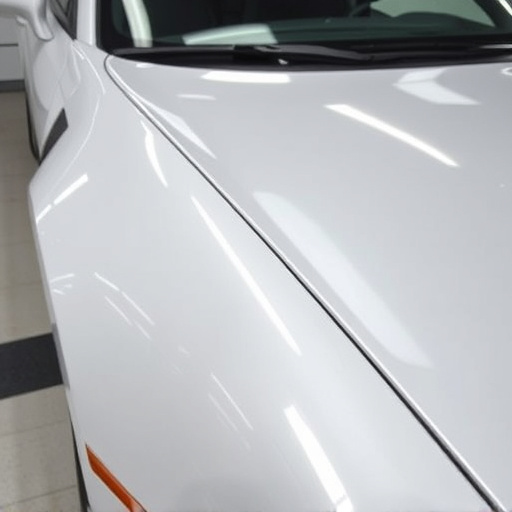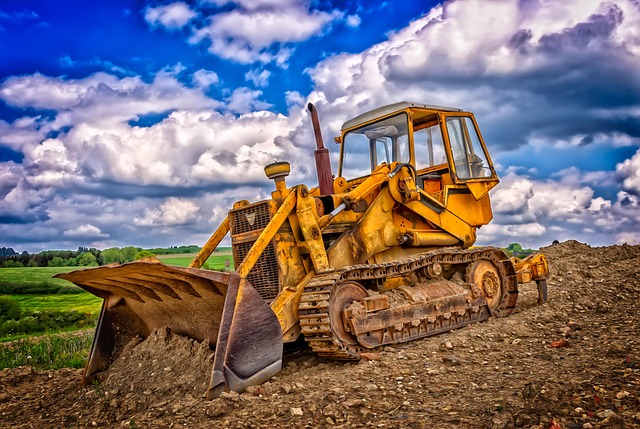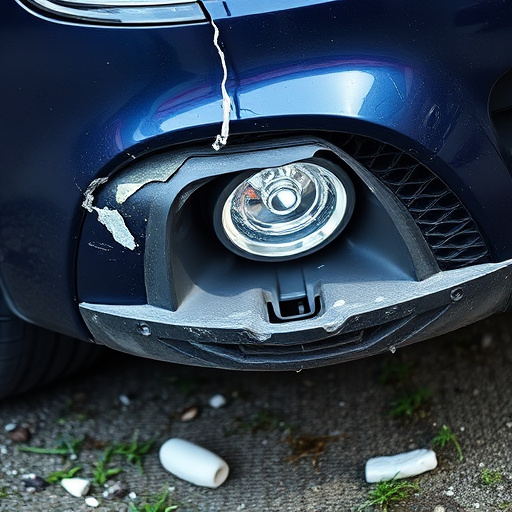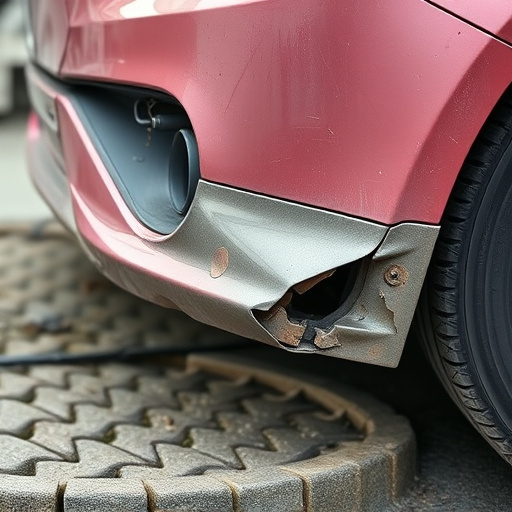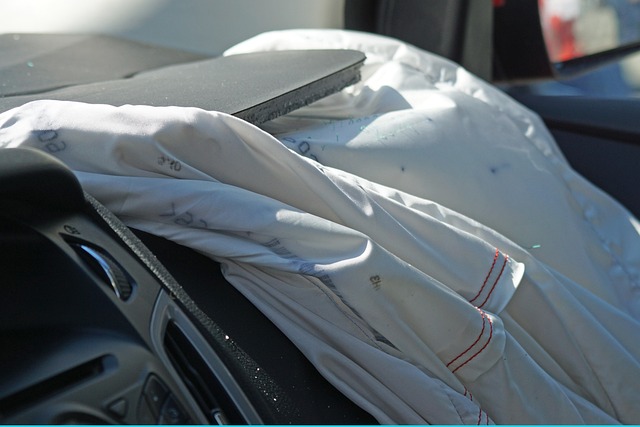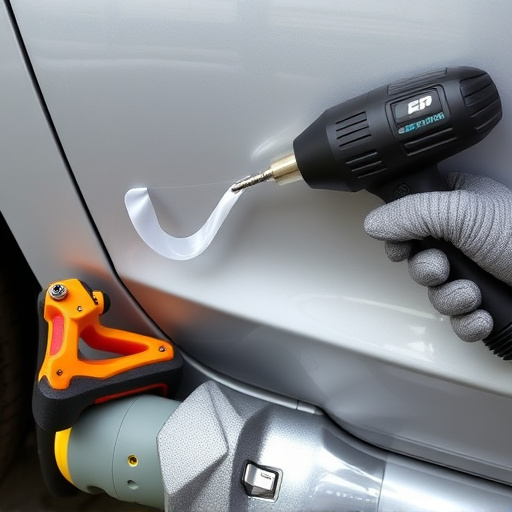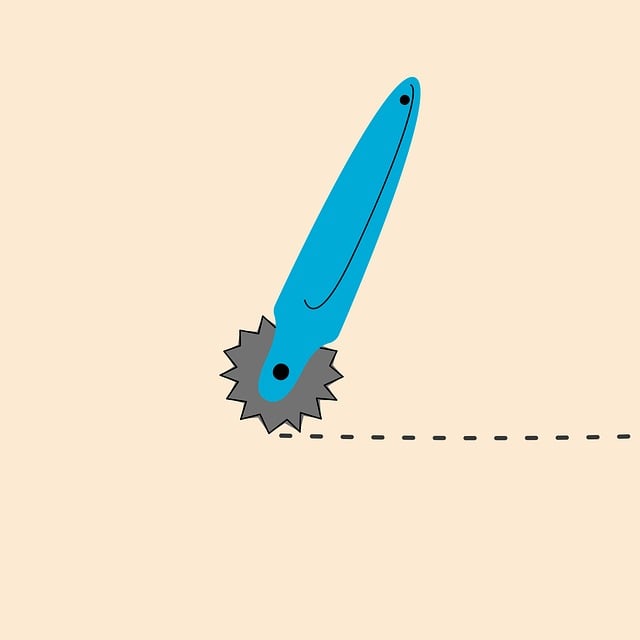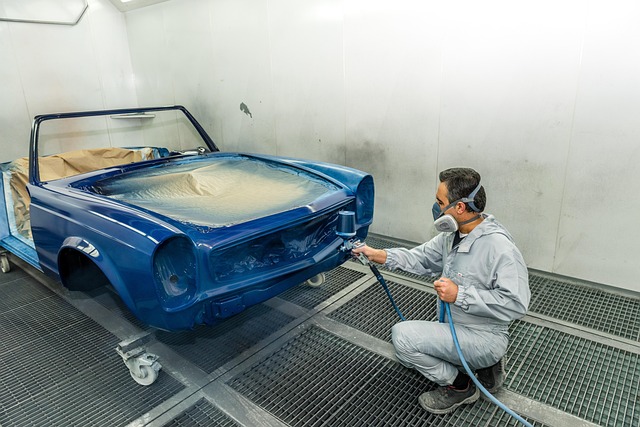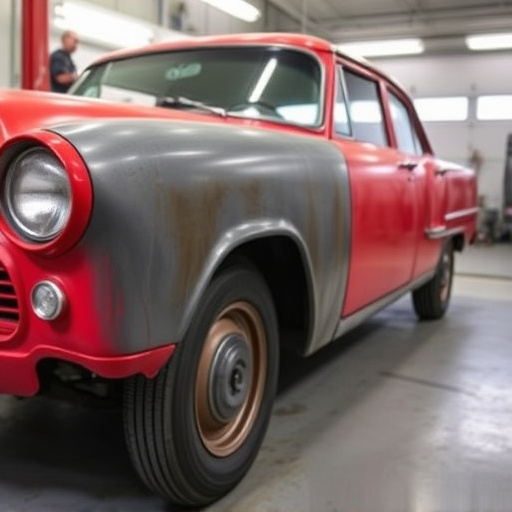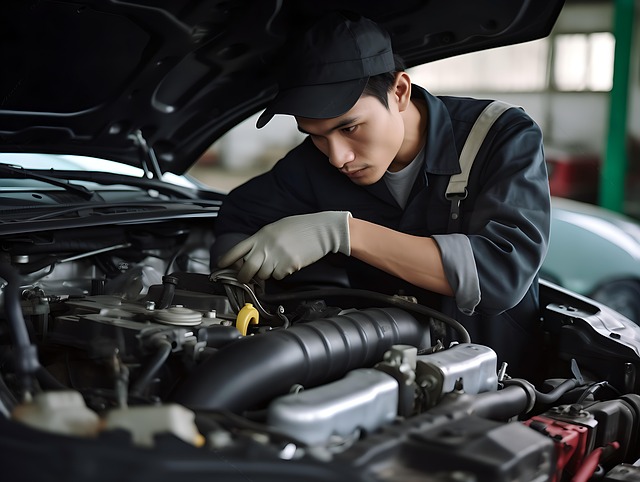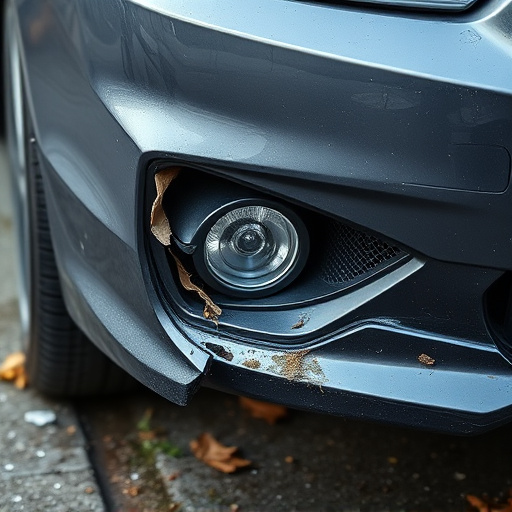Induction heating repair is a vital skill for modern collision repair shops, enabling them to use electromagnetic fields for tasks like metal melting and precision panel repairs. Common issues include uneven heating and excessive energy consumption, caused by incorrect coil placement, low material conductivity, debris, worn components, or improper calibration. Repairs involve a meticulous process prioritizing safety, assessment of inductors and heated components, replacement/repairs, reassembly, testing, and fine-tuning temperature control settings for optimal performance in applications like auto painting.
Induction heating, a versatile process for metal fabrication, relies on electromagnetic fields to heat materials. When issues arise, efficient induction heating repair is crucial for maintaining production and ensuring quality. This article guides you through the basics of induction heating and delves into common problems, offering a step-by-step approach to effective repairs. Learn how to identify faults, troubleshoot, and resolve issues, making you an expert in induction heating repair.
- What is Induction Heating and Why Repair?
- Common Issues in Induction Heating Systems
- Step-by-Step Guide to Induction Heating Repair
What is Induction Heating and Why Repair?
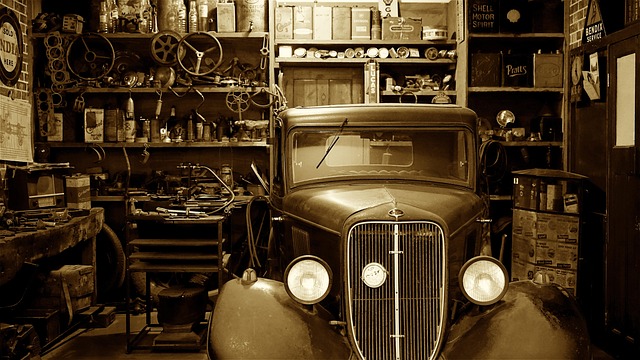
Induction heating is a modern and efficient process that uses electromagnetic fields to generate heat within conductive materials, such as metals. This technology is widely used in various industries for tasks like metal melting, forging, and heat treatment. In an induction heating repair process, skilled technicians employ this method to fix or replace damaged components within industrial equipment, machinery, and vehicles.
Given its versatility and importance, it’s crucial that collision repair shops and those offering car dent repair services stay updated on induction heating repair techniques. This ensures the effective maintenance of modern vehicles equipped with advanced metal forming technologies. Whether it’s a complex engine part or a precision panel repair like a car dent repair, understanding induction heating allows specialists to provide top-tier collision repair services, ensuring the safety and performance of vehicles across various sectors.
Common Issues in Induction Heating Systems
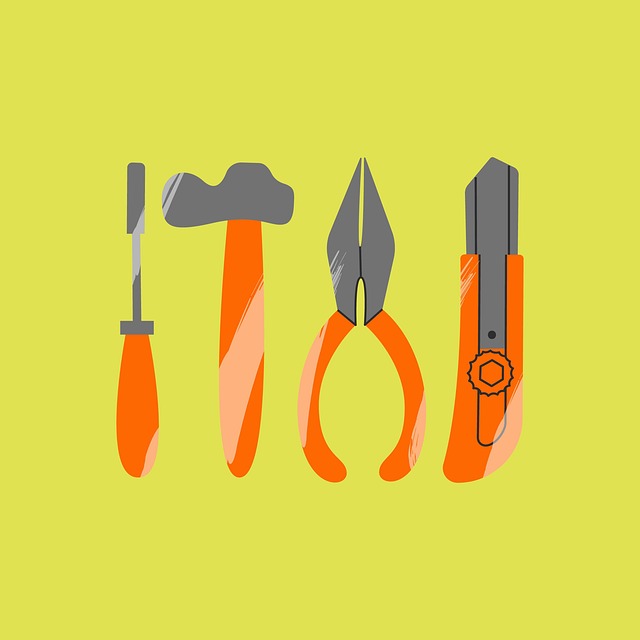
Induction heating systems, while highly efficient for various industrial and automotive applications, are not immune to common issues that require professional induction heating repair. One of the frequent problems is uneven heating, which can lead to surface inconsistencies in processes like metal welding and car paint repair. This often results from factors such as incorrect coil placement, inadequate material conductivity, or debris preventing direct contact with the workpiece.
Another prevalent challenge is excessive energy consumption, commonly observed in automotive body shops dealing with heavy-duty tasks. Inefficient power transfer can be attributed to worn-out components, improper system calibration, or issues with the inductive coil. These problems not only impact the overall effectiveness of induction heating repair but also contribute to higher operational costs. Proper maintenance and timely intervention by experienced technicians are crucial to mitigate these issues, ensuring optimal performance and longevity of induction heating systems.
Step-by-Step Guide to Induction Heating Repair
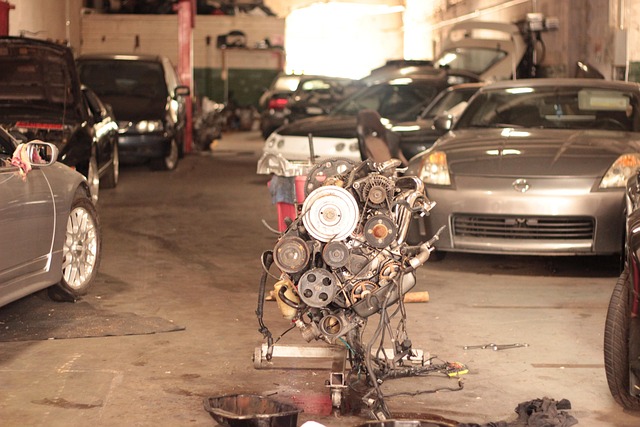
Induction heating repair is a specialized process that requires a systematic approach to ensure precise and effective results. Here’s a step-by-step guide for tackling this task:
1. Safety First: Begin by ensuring your workspace is well-ventilated and free from flammable materials, as induction heating involves high temperatures. Put on protective gear, including gloves, safety glasses, and appropriate clothing. This is essential in both auto collision repair and general auto maintenance scenarios.
2. Assess the Damage: Inspect the inductor and the heated component for signs of damage. Look for cracks, corrosion, or misalignments. Understanding the extent of the issue helps in determining the necessary repairs, whether it’s a simple adjustment or a complete replacement.
3. Isolate and Disconnect: Isolate the power supply to the induction heating system. This prevents any accidental activation during repair. Disconnect all electrical connections and allow the system to cool down before proceeding.
4. Replace or Repair Components: Depending on your assessment, replace faulty parts or attempt repairs. Common components that may require attention include coils, insulation, or cooling systems. Ensure that every part is in good working condition.
5. Reassemble and Test: Carefully reassemble the system, ensuring all components are correctly aligned and connected. Perform a series of tests to verify the inductor’s performance. This includes checking power output, heating efficiency, and any unusual noises or vibrations.
6. Calibrate and Fine-Tune: Adjust settings as needed to achieve optimal performance. Calibration ensures precise temperature control, which is crucial in auto painting applications that require careful heating for ideal results.
Induction heating repair is a crucial skill for maintaining efficient metal processing systems. By understanding the basics and common issues, you can effectively address problems in induction heating systems. Following a systematic approach, as outlined in this guide, allows for precise troubleshooting and repairs, ensuring these powerful machines continue to deliver optimal performance. For those seeking to enhance their knowledge, further exploration of induction heating principles and advanced repair techniques will prove invaluable in this ever-evolving field.
